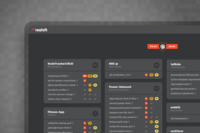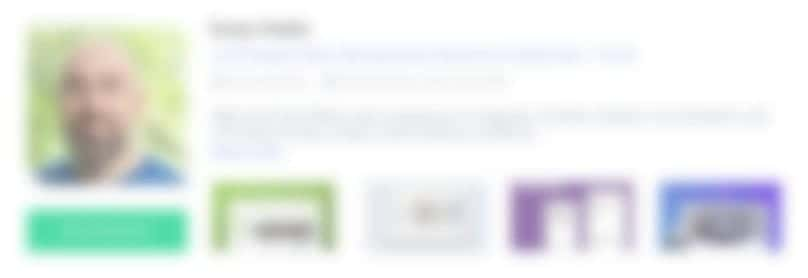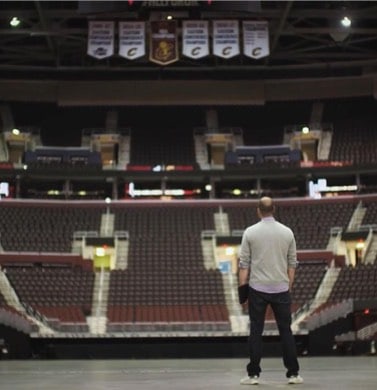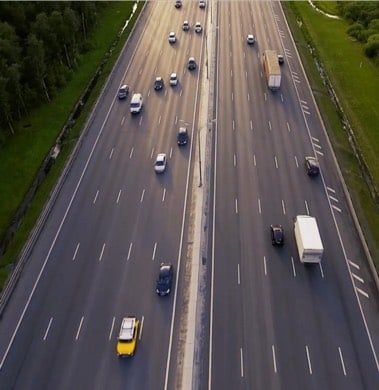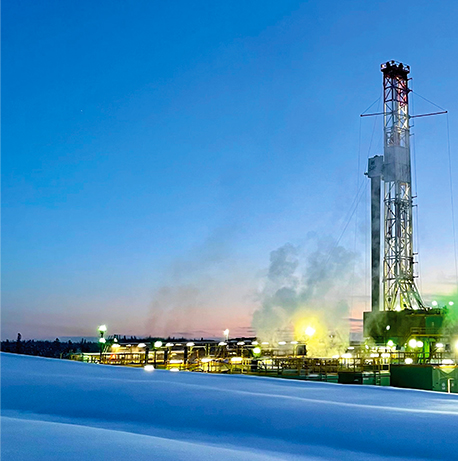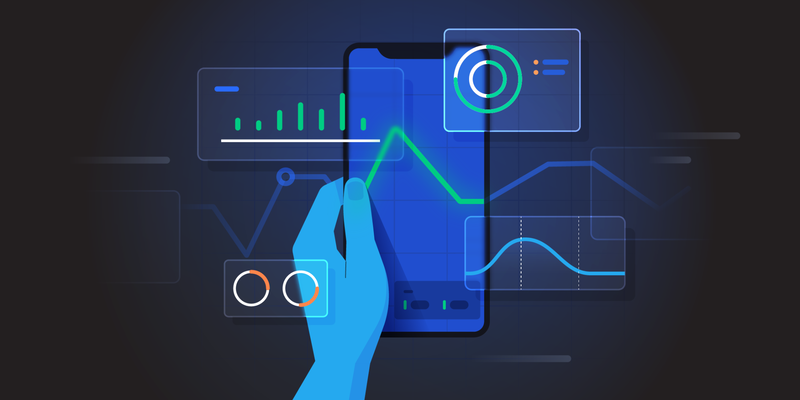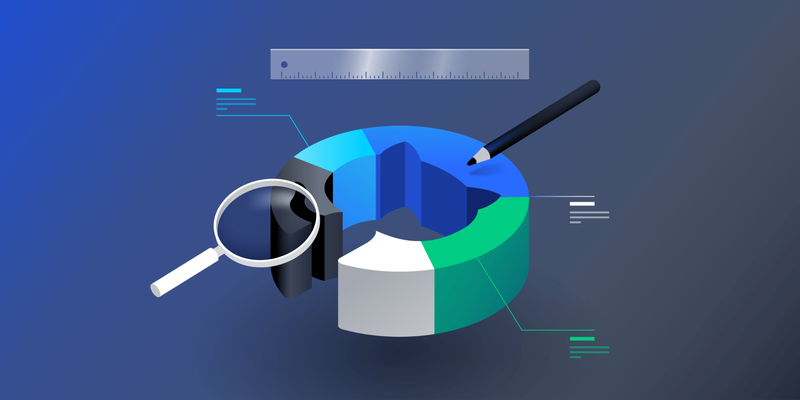Hire Freelance Data Visualization Designers
Volodymyr Deviatkin
Since 2012, Volodymyr has been helping startups and IT companies by creating beautiful, human-centered user experiences. He designs products, tools, and services with a select clientele from a wide range of industries like healthcare, education, sport, fashion, among others. He's not the type of designer to rest on his laurels, rather he is always trying to one-up his latest design with his current project.
Show MoreDarrell Estabrook
Darrell has over 25 years of experience designing engaging and productive apps for customers and business employees. He's led the design for a mobile enterprise app that replaced a legacy, paper-based process for a national auto retailer. Darrell specializes in turning big-picture thinking into practical visual experiences. His creative, purpose-driven design approach helps business leaders realize their vision.
Show MoreCan Yelok
In the last six years, Can worked with 11 companies and clocked 12,000+ hours. He led design teams in three projects, conducted 200+ stakeholder interviews across six UX research projects, and hit time and budget goals every single time. As an expert invited to work with internal teams to solve problems, Can not only addressed the most critical issues on a product and industry level but also crafted sustainable solutions for potential future challenges based on his experiences.
Show MoreGabriel Maldonado
Gabriel has an MBA in digital media management and spent a year overseeing the planning and execution of the first native mobile app for Sears Corporation. He specializes in UI/UX human-centered design solutions on internal and external platforms, offering maximum visibility and efficiency for clients. Gabriel also enhanced CareerBuilder's client platform based on extensive design research and UI/UX best practices.
Show MoreInti Rey
With over 20 years of experience in product and UI/UX design and creative direction, including experience as a digital-agency owner, Inti has extensive experience in full-cycle product design. An entrepreneurial attitude and considerable multidisciplinary skills make him a systematic thinker and a proactive problem solver with a positive attitude and passion for creating innovative, intuitive, and delightful experiences.
Show MoreKasey Randall
Kasey has over twelve years of experience helping businesses and teams develop and launch impactful digital solutions and experiences. As a successful product designer, he blends user-centric processes with business objectives to deliver exceptional results across various platforms, services, and companies. With a keen eye for core experience and an intuitive sense of design and strategy, Kasey is a driving force behind many successful digital initiatives.
Show MoreLiene Geidane
Liene is an award-winning product designer with 8+ years of experience collaborating and designing user-friendly desktop, web, and native app experiences for companies in the USA, Australia, Singapore, and Hong Kong. With an MBA in business design, she has a successful track record of designing products for different industries, leveraging her expertise in business development, product design, and UI/UX. Liene has also founded multiple successful ventures herself.
Show MoreDiscover More Data Visualization Designers in the Toptal Network
Start Hiring





